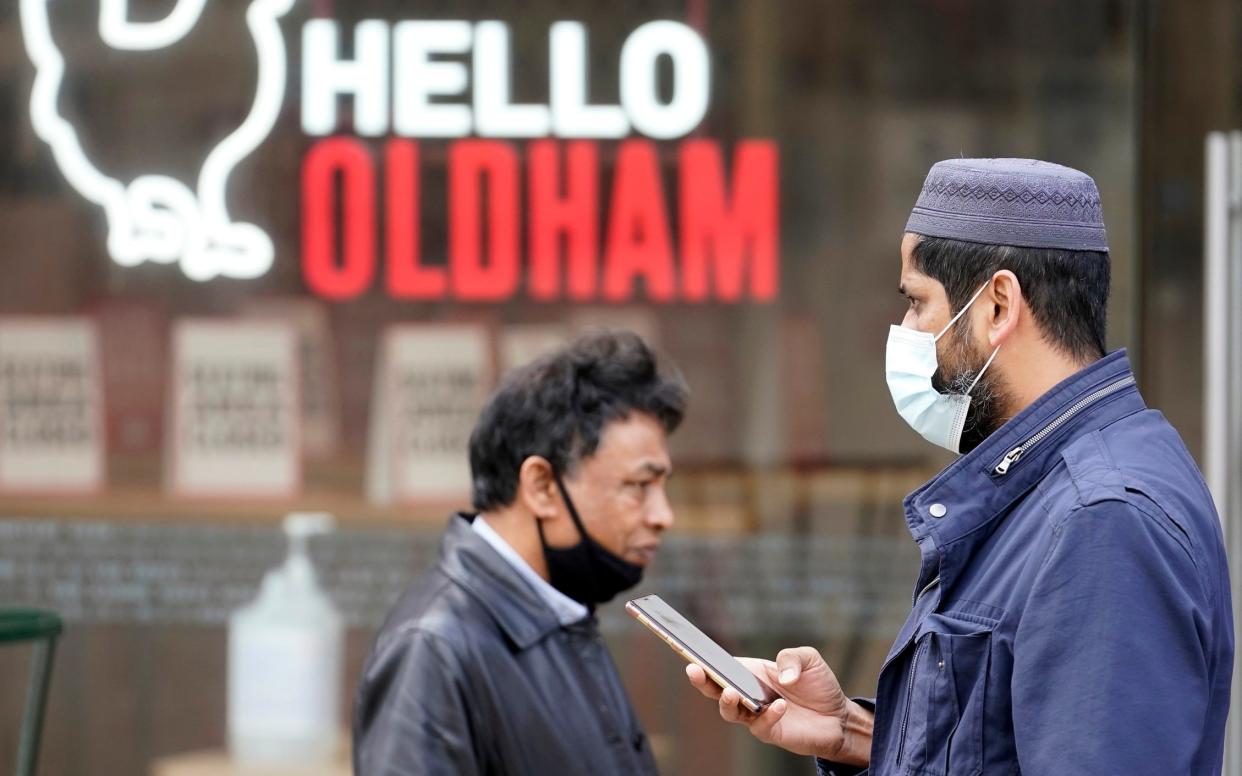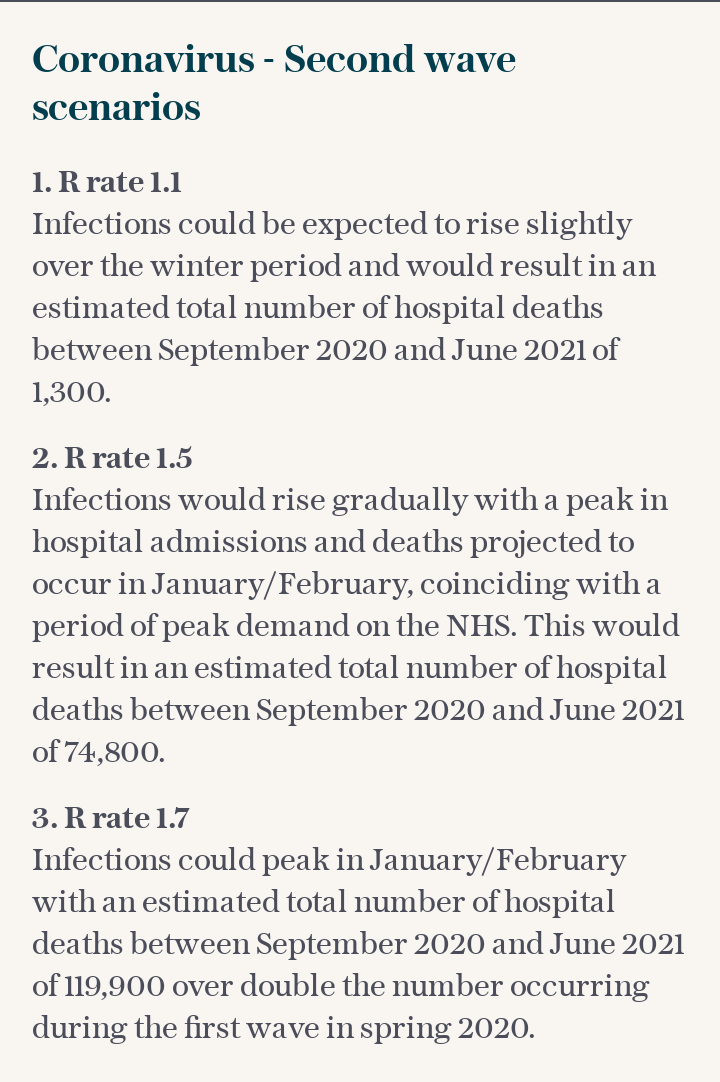Why local spikes are unlikely to lead to more coronavirus deaths


The recent spikes of coronavirus cases in localised areas around the UK are unlikely to lead to more deaths, the latest NHS Test and Trace data suggests.
New charts showing the age range of those testing positive for the virus in hotspot areas such as Blackburn with Darwen, Oldham, Leicester and Bradford, reveal that the vast majority of those impacted are under 65.
In contrast, large numbers of older people were testing positive at the height of the pandemic.
The age difference matters (see graphic below) because older people are far more likely to be hospitalised and to die from the virus.
Recent evidence suggests the risk of death for under-65s is around one in 3,300. For under-45s, it is around one in 21,000, and for under-34s one in 66,653. In contrast, the risk of death is one in 859 for those aged 65 to 74, one in 179 for the over-75s and one in 52 for the over-90s.
Admissions data compiled by the NHS also shows that the uptick in cases is not causing a similar rise in hospitalisations. There has been no increase in admissions, even in the north-west where coronavirus cases are high.
On August 9, the most recent date for which data is available, there were zero admissions of anyone under 65 in the north-west, and just four people over 65.
For England, just five people under 65 were admitted with coronavirus on the same day, and six people 65 and over. The seven-day rolling average for England by August 9 was 19 new admissions per day.
There are also fewer people now in hospital with Covid-19 than when the NHS began keeping records on March 20. Just 599 beds are currently occupied with Covid-19 patients, compared with nearly 19,000 at the peak of the pandemic.
There is evidence that the death rate from Covid-19 has been falling steadily since March, when it was around six per cent overall. It is now around one per cent.
Professor Francois Balloux, of UCL, said the effect could be due to improved treatment and also a "mortality displacement" effect after many at-risk people died in the first wave. Prof Balloux believes that may reduce the number of deaths in the event of a second wave (see potential scenarios below).

On Friday, the Government announced that it was putting no new areas in local lockdown, although none of those currently under restrictions were removed. The reproductive 'R' rate of the virus was also unchanged at between 0.8 and one for both Britain and England.
The latest surveillance data from the Office for National Statistics (ONS) also reveals that cases are plateauing. For the second week running, the estimated infection rate is one person in 1,900, with 28,300 believed to be infected in total in England and Wales.
The overall infection rate has stayed the same, at 0.05 per cent, with 3,800 new cases each day.
Katherine Kent, the co-head of the Covid-19 Infection Survey, said: "This week's estimate suggests that the increase in infections in England seen in July has now levelled off.
"Regional analysis of antibody data for England, published for the first time this week, show that a higher percentage of people in London have ever tested positive for antibodies to the virus than in Yorkshire and the Humber, the East Midlands, the south-east and the south-west, though there is not yet enough evidence to show differences between other regions of England."
The weekly surveillance report by Public Health England (PHE) for August 3-9 also suggests the virus is levelling off. "The majority of Covid-19 surveillance indicators suggest that Covid-19 activity remained stable at a national level during week 32," the report said.
The PHE surveillance data, which includes GP data as well as pillar one and two testing, not just track and trace, suggests incidents in care homes may have started to rise.


